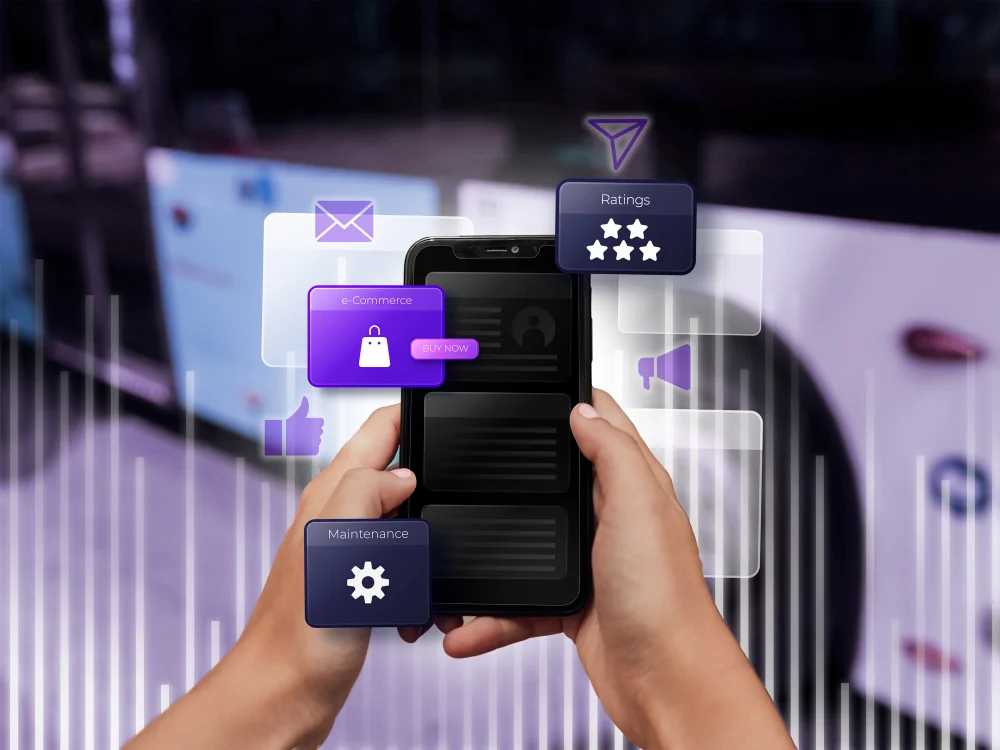Introduction
In the digital world of mobile app security and data management, one unusual yet frequently discussed path is content://cz.mobilesoft.appblock.fileprovider/cache/blank.html. While it might appear as just a cryptic URI, it actually holds significance in the context of Android systems, file management, and app behavior—especially with applications like AppBlock. This guide demystifies what content://cz.mobilesoft.appblock.fileprovider/cache/blank.html is, why it exists, and how you can use it to enhance app security and privacy.
Understanding content cz mobilesoft appblock fileprovider cache blank html allows developers, users, and IT experts to manage files more effectively and avoid app performance pitfalls. In this guide, we’ll explore its benefits, usage techniques, best practices, and frequently asked questions to ensure you gain the full picture.
Benefits of Content://cz.mobilesoft.appblock.fileprovider/cache/blank.html
How It Helps in App Management and Security
The URI content://cz.mobilesoft.appblock.fileprovider/cache/blank.html is typically generated by the AppBlock application or similar tools to act as a placeholder file or redirect during content blocking. Here’s how it contributes to app security:
- Protects user data by redirecting calls to potentially harmful or privacy-invasive files.
- Enhances performance by caching blank or temporary HTML content, preventing unnecessary data usage.
- Prevents distractions by replacing targeted content with a blank cache file during scheduled block sessions.
Key Advantages for Developers and Power Users
For power users and developers, content cz mobilesoft appblock fileprovider cache blank html offers multiple use-case advantages:
- Flexible File Access: Using content URIs ensures controlled file access between apps.
- Privacy Compliance: Supports GDPR and other data protection protocols by limiting direct file exposure.
- Debugging & Monitoring: Helps in identifying non-functional links or placeholders in the app environment.
How to Use/Apply Content://cz.mobilesoft.appblock.fileprovider/cache/blank.html
Step-by-Step Guide
Using or applying content://cz.mobilesoft.appblock.fileprovider/cache/blank.html requires a basic understanding of Android URI handling. Here’s a simplified guide:
- Locate the URI: Typically generated by the AppBlock app or similar, it appears in logs or blocked activity reports.
- Understand the Context: It’s a temporary or blank HTML placeholder—safe and non-threatening.
- Utilize AppBlock Settings:
- Open AppBlock.
- Go to the Scheduled Profiles.
- Check logs or cache redirections under advanced settings.
- Developer Usage:
- In Android Studio, use FileProvider to declare similar URIs in your AndroidManifest.xml.
- Access the file using ContentResolver to handle URI safely.
Common Mistakes to Avoid
While handling content://cz.mobilesoft.appblock.fileprovider/cache/blank.html, here are common pitfalls to steer clear of:
- Trying to open it in a browser: It won’t load visible content—it’s intentionally blank.
- Assuming it’s malware: It’s a protective placeholder, not a threat.
- Deleting cache blindly: This could interrupt AppBlock functionality.
- Ignoring URI permissions: Always declare proper permissions in your app manifest.
Best Practices for Content://cz.mobilesoft.appblock.fileprovider/cache/blank.html
Tips & Tricks for Better Results
To make the most of content cz mobilesoft appblock fileprovider cache blank html, follow these best practices:
- Keep AppBlock updated to ensure correct generation and use of cache placeholders.
- Schedule blocking sessions strategically to reduce distractions using blank HTML URIs.
- Use FileProvider safely: When building apps, define clear file access logic to avoid URI leaks.
- Review cache files: Periodically clean and check AppBlock cache for anomalies.
Expert Recommendations
Experts in mobile app privacy and Android development suggest:
- Use URI-based access over direct file paths for increased security.
- Log all URI activities to detect misuse or misconfigurations.
- Test with emulators before deploying to ensure cache handling works correctly.
- Link backup files only when essential to avoid redundancy.
FAQs
What does content://cz.mobilesoft.appblock.fileprovider/cache/blank.html actually do?
It acts as a blank HTML file used by AppBlock to redirect or suppress specific app content during blocking sessions.
Is it safe to delete the file?
Generally, yes. But doing so may affect the AppBlock session functionality, as it’s part of the cache management system.
Can I use this URI in my own Android app?
Yes, but you need to define your own FileProvider and URI scheme within your app’s architecture.
Does it contain personal information?
No. It is a blank placeholder and does not store or transmit personal data.
Why does my log file show this URI frequently?
Because your AppBlock is actively managing distractions and redirecting access to this blank file to block specific content.
Conclusion
The URI content://cz.mobilesoft.appblock.fileprovider/cache/blank.html may seem technical and obscure at first glance, but it plays a crucial role in privacy, distraction management, and app development safety. Whether you’re an Android developer, a power user, or someone keen on improving productivity through content blockers like AppBlock, understanding how content cz mobilesoft appblock fileprovider cache blank html works is key.
Use this guide to handle such URIs responsibly, improve your mobile experience, and ensure safe file handling within Android. Want to explore more about safe file access and Android app security? Start optimizing your app workflows today!


